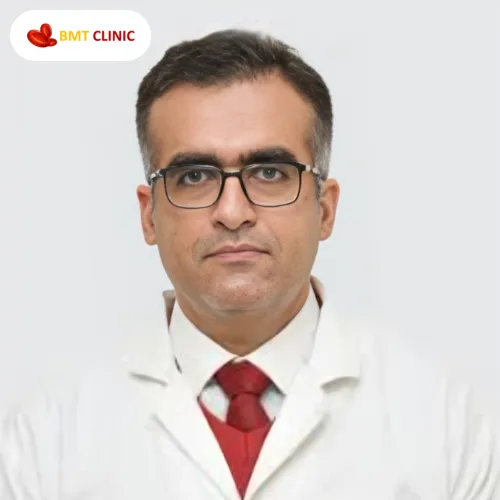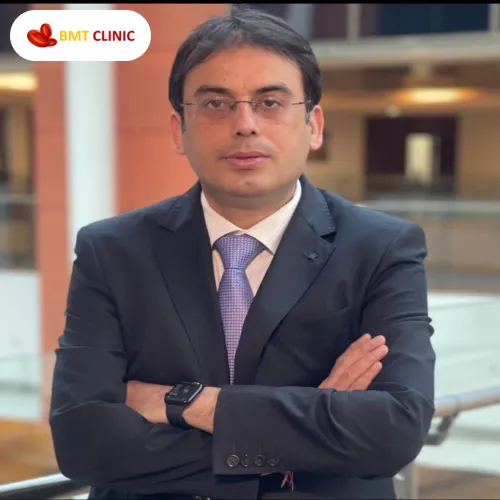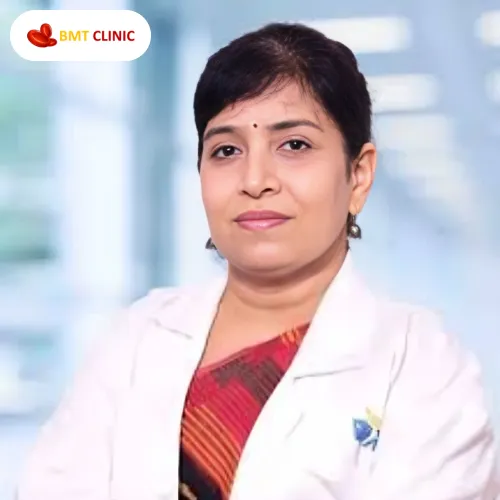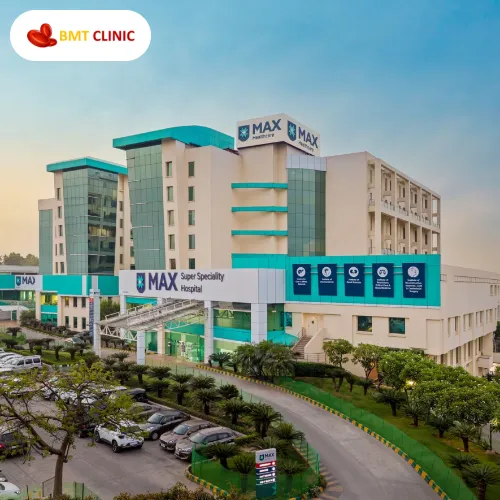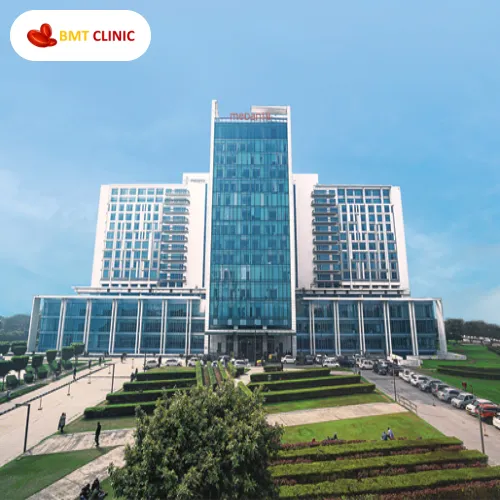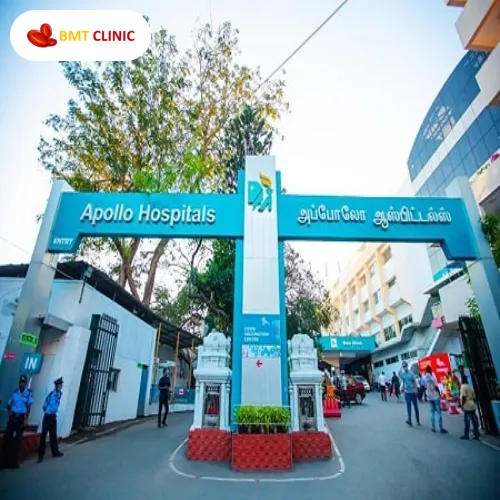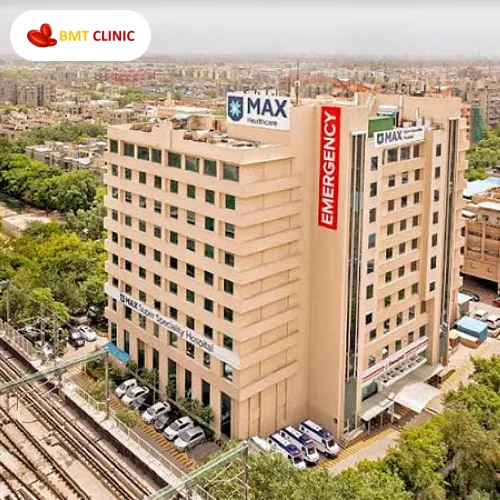Lymphoma is a type of cancer that starts in the immune system’s lymphocytes, which fight infections. The spleen, thymus, lymph nodes, bone marrow, and other organs contain these cells. The lymphocytes in a patient with lymphoma alter and proliferate uncontrollably.
As filters, lymph nodes collect and eliminate germs and viruses to stop the spread of infection. Even while your body’s lymphatic system normally keeps you safe, lymphocytes, or lymph cells, can develop into cancer.
What Is Lymphoma?
Cancer of the white blood cells known as lymphocytes is called lymphoma. The body uses lymphocytes to fend off illness. They move via the network of lymph nodes connected by vessels that make up the lymphatic system. They can also be found in the bone marrow, bloodstream, and other organs like the spleen.
When immature lymphocytes begin to multiply quickly as a result of a genetic mutation or another change in their biology, the condition known as lymphoma develops. It may result in tumors of the lymph nodes or other organs.
There are over 70 distinct lymphoma subtypes in addition to the two primary lymphoma categories, Hodgkin lymphoma and Non-Hodgkin lymphoma. Lymphoma can be either aggressive (growing quickly) or indolent (growing slowly). This disease can affect people of any age and treatment can frequently cure or put lymphoma into remission.
Types of Lymphoma
Lymphoma is broadly classified into Hodgkin lymphoma and non-Hodgkin lymphoma. There are a lot of different subtypes in these two classes.
- Hodgkin lymphoma – Large, aberrant lymphocytes known as Reed-Sternberg cells, or Hodgkin cells, are the hallmark of Hodgkin lymphoma. The cells can be identified under a microscope. Those in their 20s to 30s are typically affected by Hodgkin lymphoma. The symptoms usually first appear in the upper body, the neck, chest, or armpits. It is considered to be the most treatable form of cancer.
Among those people with lymphomas, only 10% develop Hodgkin lymphoma, also referred to as Hodgkin’s lymphoma or Hodgkin’s disease. Chemotherapy is typically administered to patients as a first line of treatment. Stem cell transplants combined with intense chemotherapy can be a highly successful treatment strategy for Hodgkin lymphoma recurrence.
Hodgkin lymphoma is classified into two main types: classical and nodular lymphocyte predominant.
- Non-Hodgkin lymphoma – Compared to Hodgkin lymphomas, non-Hodgkin lymphomas are more prevalent. They account for nearly 90% of all lymphomas that are diagnosed annually. Abnormal cells will build up in the lymph nodes and other body parts. There are many different subtypes of non-Hodgkin’s lymphoma. While some grow more quickly, others grow more slowly. When diagnosed, the majority of patients are older than 55. Non-Hodgkin lymphoma is further classified into B-cell lymphoma and T-cell lymphoma.
Common examples of B-cell non-Hodgkin lymphoma include:
- Diffuse large B-cell lymphoma
- Follicular lymphoma
- Primary mediastinal B cell lymphoma
- Waldenström’s macroglobulinemia
- Burkitt lymphoma
Common examples of T-cell non-Hodgkins lymphoma include
- Anaplastic large cell lymphoma
- Peripheral T cell lymphoma not otherwise specified
- Angioimmunoblastic lymphoma
- Hepatosplenic T-cell lymphoma
- Extranodal NK/T-cell lymphoma
Causes of Lymphoma
The exact cause of lymphoma is not known. However, it starts when a genetic mutation occurs in a lymphocyte, a type of white blood cell that fights disease. The mutation causes the cell to proliferate quickly, which results in a large number of sick lymphocytes that keep proliferating.
Additionally, the mutation keeps the cells alive when other normal cells would have perished. As a result, the lymph nodes, spleen, and liver swell, and the lymph nodes contain an excessive number of sick and ineffective lymphocytes.
Symptoms of Lymphoma
Common symptoms and indicators of lymphoma could include:
- Swelling of lymph nodes in the groin, armpits, or neck without causing pain
- Chronic exhaustion
- Fever
- Sweats at night
- Breathing difficulties
- Unexpected weight reduction
- Skin irritation
Lymphoma Treatment Cost in India
Lymphoma treatment costs in India typically start from INR 2,50,000 ($3000). India offers a compelling alternative for patients seeking high-quality medical care at a fraction of the expense incurred in many Western countries. India has emerged as a global hub for medical tourism due to its state-of-the-art healthcare facilities, internationally trained medical professionals, and cost-effective treatment options. The country boasts numerous specialized cancer treatment centers equipped with advanced technology and experienced oncologists dedicated to providing comprehensive care for lymphoma patients.
Diagnosis of Lymphoma
Common tests and diagnostic procedures performed to detect lymphoma are:
- Physical examination – The neck, groin, and underarms are checked to see if there is any swelling of lymph nodes. The liver and spleen are also checked for enlargement
- Lymph node biopsy – To remove all or a portion of a lymph node for laboratory testing, your doctor might advise a lymph node biopsy procedure. More sophisticated testing can identify the types of cells involved and whether lymphoma cells are present
- Bone marrow biopsy – A needle is inserted into your hipbone during a bone marrow aspiration and biopsy procedure to extract a sample of bone marrow. Analysis of the sample is done to check for lymphoma cells
- Blood tests – Your doctor may be able to determine your diagnosis with the help of blood tests that count the cells in a sample of your blood
- Imaging tests – Tests such as PET scan, CT scan, and MRI might be conducted to check for indications of lymphoma in other parts of your body.
Treatment Approaches For Lymphoma
- Chemotherapy – During this process, medications are used to either kill or stop the growth of lymphoma cells. During treatment, the chemicals (medication) may be administered as a pill, an injection under the skin, or an injection into a vein. Usually, a combination of chemotherapy drugs will be administered to you
- Radiotherapy – In this treatment, X-rays or strong energy beams are used to either kill or stop the growth of leukemia cells. In the course of treatment, a machine either targets the specific areas of your body that contain cancer cells or evenly applies radiation throughout your body. Additionally, prior to receiving a hematopoietic cell transplant, radiation therapy may be given to your whole body
- Immunotherapy – Using specialized drugs, this treatment strengthens your body’s immune system. With immunotherapy, your immune system can identify cancer cells and produce more immune cells to fight them
- Targeted therapy – In this treatment, drugs are used to target specific lymphoma cell components, such as a protein or gene, that are causing the disease to overtake healthy blood cells. Targeted therapies may be able to kill lymphoma cells or prevent them from growing more cells and supplying blood. Targeted therapy is less likely to cause damage to normal cells
- CAR T-cell therapy – Chimeric antigen receptor (CAR) T-cell therapy is one of the newest and most promising treatments available for blood cancer. These treatments aid in the fight against cancer by utilizing your body’s immune system. The body’s natural defenses against infections, called T-cells or T-lymphocytes, are modified to combat lymphoma cells and subsequently reintroduced into the body
- Stem cell transplantation – In this treatment, malignant blood-forming cells that were destroyed by radiation therapy and/or chemotherapy are replaced with new, healthy hematopoietic cells. Your doctor may extract these healthy cells from your bone marrow or blood, or they may come from a donor, prior to administering chemotherapy and radiation treatment. When healthy new cells divide to form new bone marrow and blood cells, your body produces red blood cells, white blood cells, and platelets.
What Makes Lymphoma Treatment Cost in India Affordable?
Several factors contribute to the affordability of lymphoma treatment in India. Some of them are mentioned below:
- The lower cost of living and operational expenses in India significantly reduce the overall medical expenditure
- India’s pharmaceutical industry produces generic versions of many expensive medications, making them more accessible and affordable
- The availability of a diverse range of treatment options, including cutting-edge therapies and clinical trials, further enhances the attractiveness of India as a destination for lymphoma treatment
- The government’s proactive measures to promote medical tourism, such as streamlined visa processes and collaborations with international insurance providers, contribute to the ease of seeking treatment in the country.
Overall, India’s commitment to providing world-class healthcare at competitive prices positions it as a viable and cost-effective choice for individuals seeking lymphoma treatment.
How Can BMT Clinic Help In Your Treatment Search?
BMT is an esteemed organization for patients seeking physicians, medical facilities, and specialized care. We’ll identify the best medical options for you. Our staff will provide you with a list of licensed, respectable, and trustworthy physicians and hospitals based on your medical issues. We also provide a treatment plan that is affordable for you. In addition, we help patients with a variety of other matters, such as obtaining medical visas and travel authorization.



